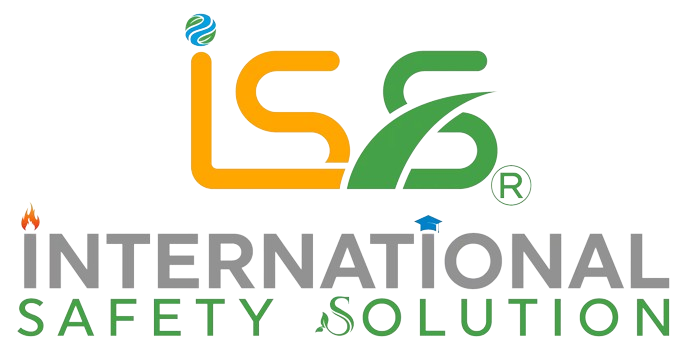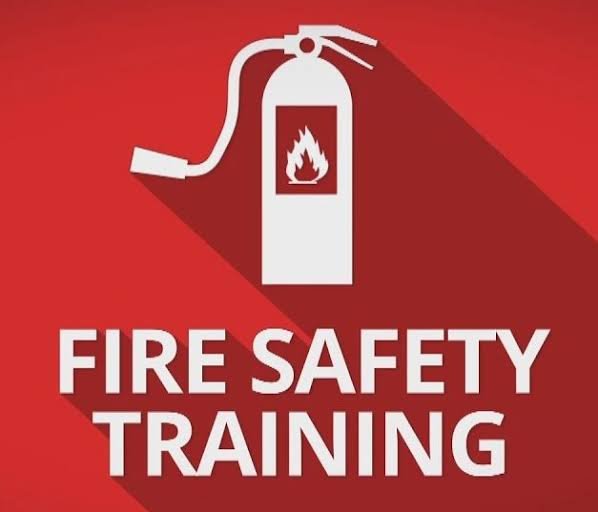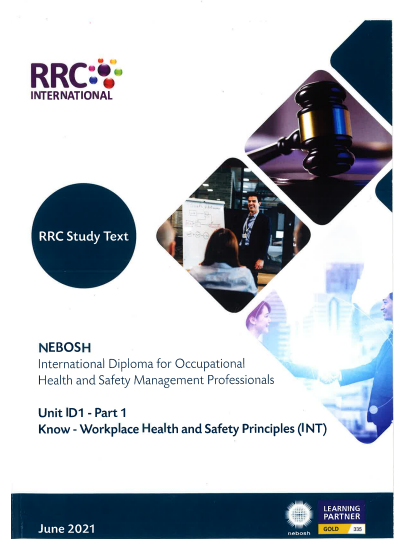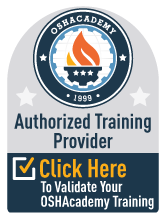Effective Communication in Safety: Verbal, Written, Graphics, and Broadcasting
Effective communication is one of the cornerstones of a strong safety culture in any organization. Safety does not only depend on equipment, procedures, and training, but also on how well information is conveyed, understood, and acted upon by employees, management, contractors, and stakeholders. Whether it is a safety policy, an emergency evacuation procedure, or daily toolbox talks, the method of communication plays a critical role in preventing accidents, reducing risks, and building awareness. Communication methods such as verbal, written, graphics, and broadcasting each serve unique purposes in promoting occupational health and safety.

Verbal Communication in Safety
Verbal communication is one of the most immediate and direct forms of interaction in safety management. It involves spoken messages, either face-to-face or through devices such as radios, telephones, and public address systems.
- Toolbox Talks and Safety Briefings: Supervisors often conduct short verbal sessions at the start of a shift to highlight daily hazards, tasks, and precautions. This ensures workers are updated and prepared.
- Emergency Instructions: During an emergency, clear verbal instructions can help guide people to safety quickly. For example, fire marshals directing employees toward exits.
- Two-Way Interaction: Verbal communication allows immediate feedback and clarification. Workers can ask questions or raise concerns instantly.
- Language and Tone: The effectiveness of verbal safety communication depends on using clear, simple language, avoiding jargon, and adopting a tone that motivates compliance rather than creates fear.
- Challenges: Noise in industrial environments, language barriers, and hearing impairments can reduce effectiveness. Using radios with noise-cancelling technology or multilingual briefings can mitigate these issues.
Written Communication in Safety
Written communication provides a permanent record of safety policies, procedures, and instructions. It is essential for compliance, consistency, and legal accountability.
- Policies and Procedures: Safety manuals, standard operating procedures (SOPs), and compliance documents are crucial for setting clear expectations.
- Safety Signage and Notices: Written signs like “No Smoking”, “Wear PPE”, or “Restricted Area” provide instant reminders of rules and hazards.
- Reports and Records: Incident reports, safety audits, and inspection checklists are written forms that help organizations track performance and identify areas of improvement.
- Digital Communication: Emails, intranet posts, and mobile alerts are modern written tools used to share safety bulletins and updates.
- Challenges: Complex language, lengthy documents, and lack of accessibility can reduce effectiveness. Using concise, plain language and translations helps overcome this barrier.
Graphics in Safety Communication
Visual communication is a powerful tool for conveying safety messages quickly and universally, even across language barriers.
- Safety Symbols and Pictograms: Standardized symbols such as the fire extinguisher sign, biohazard logo, or electrical hazard icon instantly communicate risks.
- Posters and Infographics: Eye-catching graphics in common areas remind employees about safe behaviors, PPE use, and emergency procedures.
- Color Coding: Red for danger, yellow for caution, and green for safe routes are visual cues that guide behavior.
- Interactive Visual Tools: Animated videos, VR safety training, and graphic simulations engage workers in learning about risks more effectively than text alone.
- Challenges: Overuse of graphics or poorly designed visuals can create confusion. Standardized symbols and professional design ensure clarity.

Broadcasting in Safety Communication
Broadcasting refers to spreading safety messages widely through mass communication channels, ensuring that everyone in an organization or community receives the same critical information.
- Public Address Systems: Loudspeakers and alarms provide urgent safety announcements during emergencies like fire, chemical leaks, or evacuation.
- Safety Campaigns: Broadcasting messages through internal TV screens, radio, or company-wide emails during safety awareness weeks increases participation and visibility.
- Emergency Alerts: SMS broadcasting and mobile app notifications can instantly warn employees and contractors about incidents.
- Digital Broadcasting: Social media channels, webinars, and online meetings are increasingly used to spread awareness and training material to a wider audience.
- Challenges: Broadcasting may lack personalization. Some workers may ignore repeated announcements, so messages should be short, clear, and consistent.

Integration of Communication Methods
Effective safety communication often involves integrating multiple methods. For example:
- A new evacuation policy can be explained verbally in a meeting, shared in written form via email, illustrated with a floor-plan graphic, and reinforced through broadcast alerts.
- During training, a combination of written manuals, verbal instructions, visual demonstrations, and online broadcasts ensures diverse learning preferences are covered.
Conclusion
Effective communication is the backbone of workplace safety. Verbal communication provides immediacy and interaction, written communication ensures documentation and consistency, graphics deliver universal understanding, and broadcasting spreads messages quickly and widely. By combining these methods strategically, organizations can enhance safety culture, reduce risks, and protect lives. The ultimate goal is to make safety communication clear, engaging, and accessible to everyone.





